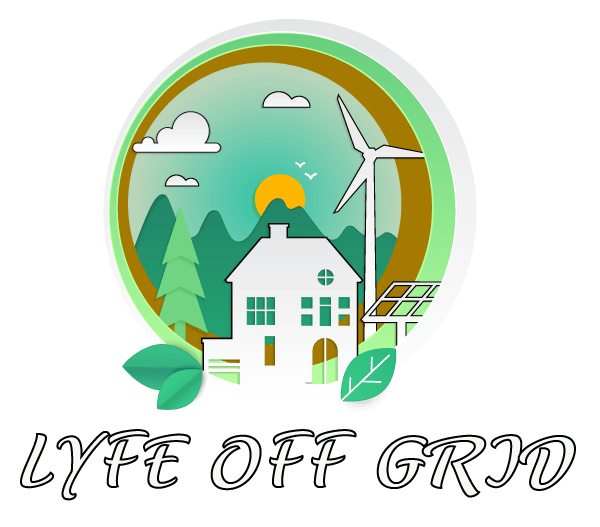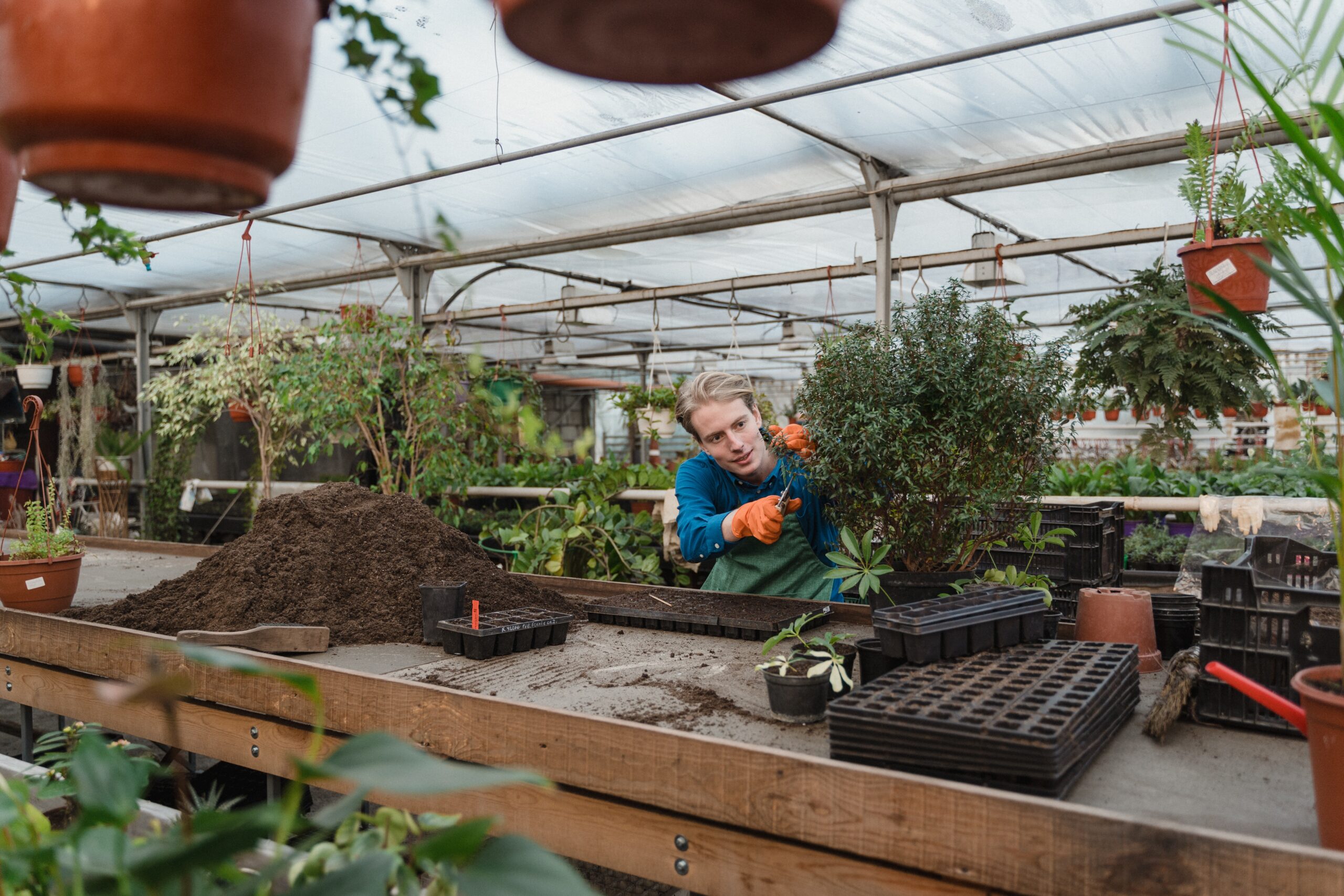Becoming self-sufficient is quickly becoming a global trend. This is because people wish to be in control of their finances and not have to rely on uncertain life conditions for their well-being.
For example, people are beginning to grow their food at home, which saves them money on groceries. There is also a greater need to minimize your environmental impact, meaning people opt for low-footprint options for living their lives. Let’s explore how you can test yourself through a 30-day self-sufficiency challenge.
Grow Your Food at Home
One of the ways you can participate in a 30-day self-sufficiency challenge is by growing your food at home. Growing produce at home does not mean you need to grow something within 30 days and have it ready to be eaten.
It means you should plant various fruits and vegetables that can be harvested later. It allows you to store and preserve them, allowing you to become more self-sufficient than before.
Growing your food is also useful because it reduces your footprint and reduces your dependency on commercial food products. It is a way to reduce pesticide use, which is known to affect the environment in various ways.
This poses a challenge for many people with small gardens since they don’t have space to grow enough food for self-sufficiency. You can look up solutions to this dilemma and choose to grow microgreens.
Employ Food Preservation Techniques
Food preservation is an important skill that allows you to ration your foods and store them safely for long-term use. For example, you can implement canning, drying, and freezing as viable preservation techniques.
These techniques ensure that your food is available to eat whenever you desire, allowing you to become self-sufficient. If you practice these preservation techniques over thirty days, you will undoubtedly get a little closer to becoming completely self-sufficient.
It’s a challenge because you’re not used to it. However, if you introduce and stack all these activities over time, they can become a part of your lifestyle.
Compost at Home
One of the best ways to minimize your food wastage is to compost your waste. This is possible by collecting your food scraps and creating a pile of organic matter that can be used to facilitate growth in your garden. Mixing compost with fertilizer will make your garden soil extremely fertile and perfect for growing fruits and vegetables at home.
You can also invest in compost equipment that makes it easier to heat your organic matter, making it ready to add to your garden. You need to change your mindset about food waste when growing different vegetables and fruits in your home, utilizing it in beneficial ways.
Final Verdict
The 30-day self-sufficiency challenge is designed to help you adopt new habits and behaviors that lead to self-sufficiency. If you wish to minimize your footprint, you can adopt the right principles to make this happen. By growing food at home, employing food preservation techniques, and composting your food waste, you can create the perfect 30-day challenge for yourself.






